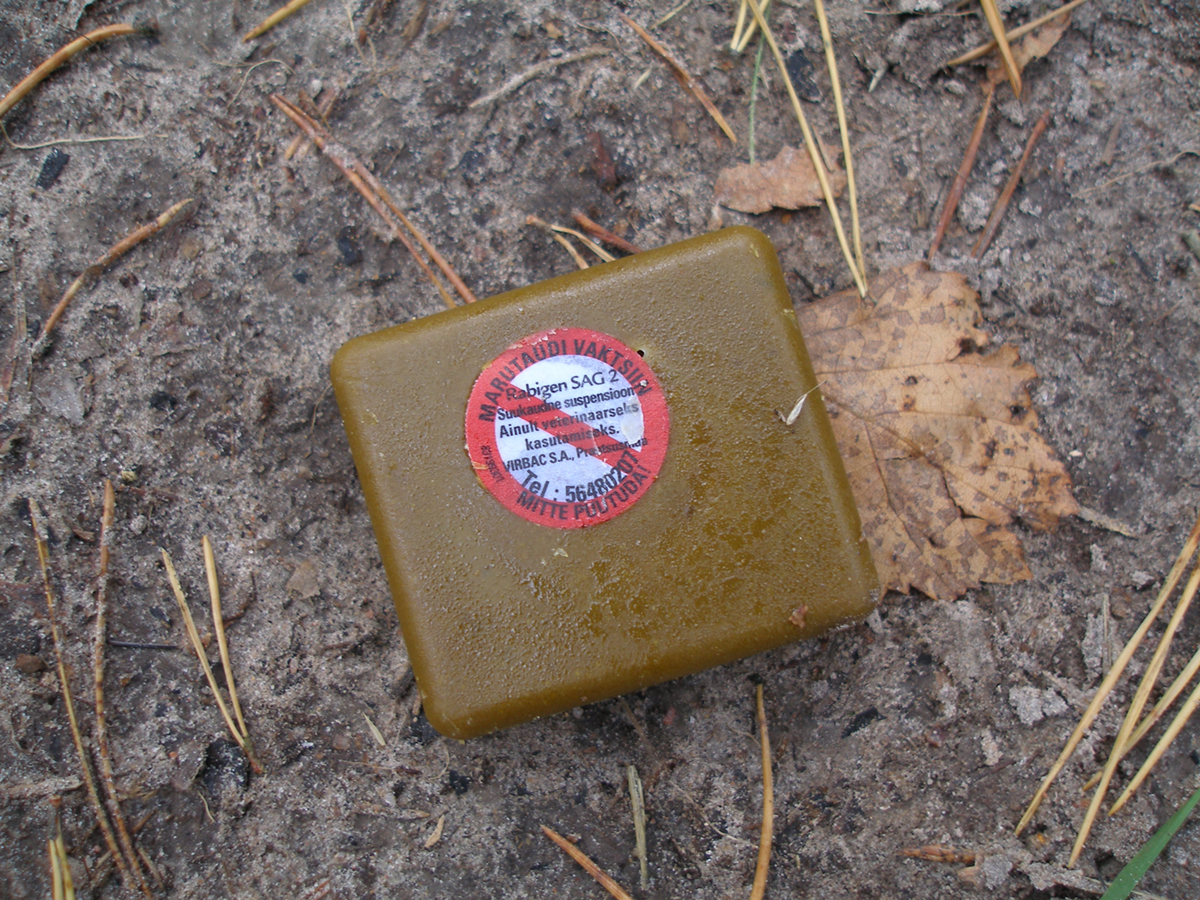
Rabies is the name of a viral disease which takes place once people get bitten by a rabid animal. Basically, this disease is acute and deadly, attacking the central nervous system of the victim, spreading through the saliva of the infected animal.
Usually, animals like raccoons, foxes, bats, skunks, ferrets, cats and dogs are more likely to be rabid than some other living creatures. In the US, for example, most rabies cases are connected to bats. Either way, if the person infected with this virus does not receive adequate vaccines timely, chances of dying are 100%.
Bearing in mind that about 40,000 rabies vaccines are administered every year, encounters with potentially rabid animals are quite frequent. Thus, it is crucial to stay protected and known how to recognize rabid animals, reacting on time.
History of the Vaccine
The rabies virus was considered deadly in all situations until the year 1885, when the two French scientists, Louis Pasteur and Emile Roux developed the first vaccine treatment for this condition. The first patient to be saved from death due to rabies was Joseph Meister, who was bitten by a rabid dog.
This initial form of the vaccine contained a part of the virus which was taken from dead infected rabbits. Before inserted into the human body, the virus was left to become weaker over the course of 10 days.
Modern Vaccines
Yet, even though these vaccines have not evolved significantly in some countries, others have improved the scientific process of creating these quite a bit. The human diploid cell rabies vaccine was developed in 1967, using just a specific strain of the virus.
This vaccine is the main form of rabies protection and prevention and since 2006, more than 1.5 million of people have received it. Some scientists have even developed a vaccine which is given to the dogs, protecting them from this virus for about 3 years. This form of vaccination has proven to result in complete elimination of rabies in some countries and the World Health Organization is investing a lot of effort in order to stop this disease world-wide.
As for other types of modern rabies vaccines, in 1984 a recombinant vaccine was invented through the process of inserting a glycoprotein gene of rabies into a vaccinia virus. This vaccine has been proven to be safe for human being and many animals, being stable under various temperatures. However, the greatest advantage of this type of vaccine is its capability of being administered orally. This means that many animals can receive vaccination without being injected with the vaccine. Rather, all they need to do is swallow the baits containing the vaccine.
Effectiveness of the Vaccine
Even though no thorough scientific research has been conducted in order to find out the exact form of effectiveness of the rabies vaccines, all people who receive the necessary vaccines timely are bound to avoid suffering from any of symptoms of rabies. Thus, the vaccine is considered to be 100% effective, just as death is 100% the case if the vaccine is not administered on time. Usually, 5 vaccinations are necessary for being completely safe once bitten by a potentially rabid animal.Nevertheless, it is good to know that the vaccine may have some side-effects, most of which are quite mild. Basically, once vaccinated, you might experience pain, redness, swelling, itching or even headaches, nausea, pain in the abdominal area or the muscles or dizziness. Any serious adverse effects are considered to be very rare. Yet, about 6% of vaccinated individuals have reported breathing difficulties, being experienced after the booster dose of the human dipoid cell rabies vaccine.
Still, if you bear in mind that these vaccines are recommended by many health institutions such as the Advisory Committee of Immunization Practices of the Centers for Disease Control and Prevention, the American Academy of Pediatrics and the American Thoracic Society, no side-effects related to rabies vaccines are life-threatening.
Ultimately, prior to getting vaccinated, as soon as you have bitten by a potentially rabid animal, wash the wound with soap and water, using a solution which is capable of killing viruses. Once you do this, your chances of not getting affected by the virus will increase significantly.
As soon as you do this, you are advised to seek medical attention. Your doctor will give you all the necessary information on the vaccination and the precaution instructions.
Note that keeping your pet vaccinated against rabies makes it less possible for you to get in contact with the virus.
To conclude, various types of rabies vaccine exist and these are usually administered in a specific order protecting an individual from this disease. If the bitten victim does not receive the vaccines on time, he/she is likely to die due to various health complications.
Therefore, do not underestimate the dangers related to rabies and do not neglect the importance of seeking proper medical assistance once you get exposed to rabid animals.







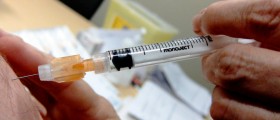
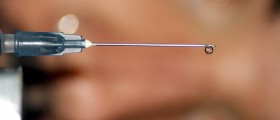



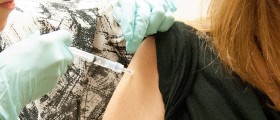
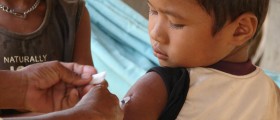
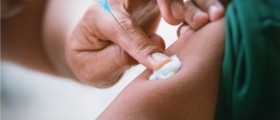


Your thoughts on this
Loading...